


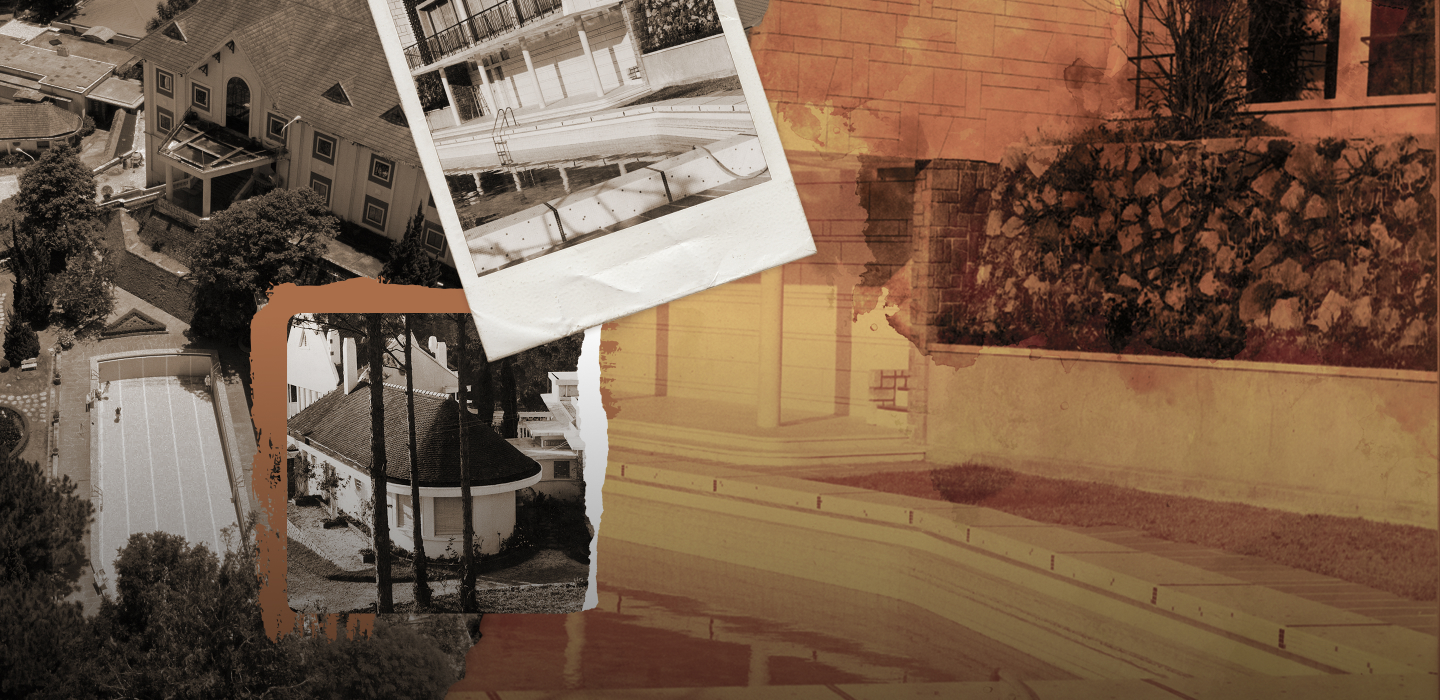
Built on a pine hill in an area of over 13,000 square meters, the complex includes three villas in colorful names: Hong Ngoc (Ruby), Bach Ngoc (White Jade) and Lam Ngoc (Sapphire) . Besides, there is a heated swimming pool and a Japanese flower garden in the complex. There is a special pond in the garden, which, when filled with water, displays map of Vietnam.
Tran Le Xuan Palace was famous for its luxurious beauty beside the prestige and power of its owner under the regime of the Republic of Vietnam. The complex was so famous that after the coup against Ngo Dinh Diem’s regime, visitor everywhere came to Da Lat to see it.
After 1963, Tran Le Xuan Palace was devastated by the ravage of war and time. Memory about a luxurious and splendid palace was gradually forgotten.
In 2006, the National Archives Center No. 4 started to renovate the complex to return its beauty and convert some areas into exhibition areas to promote national significant records, especially the Woodblock collection of Nguyen Dynasty, to help local and international visitors to understand more about Vietnamese history and culture.
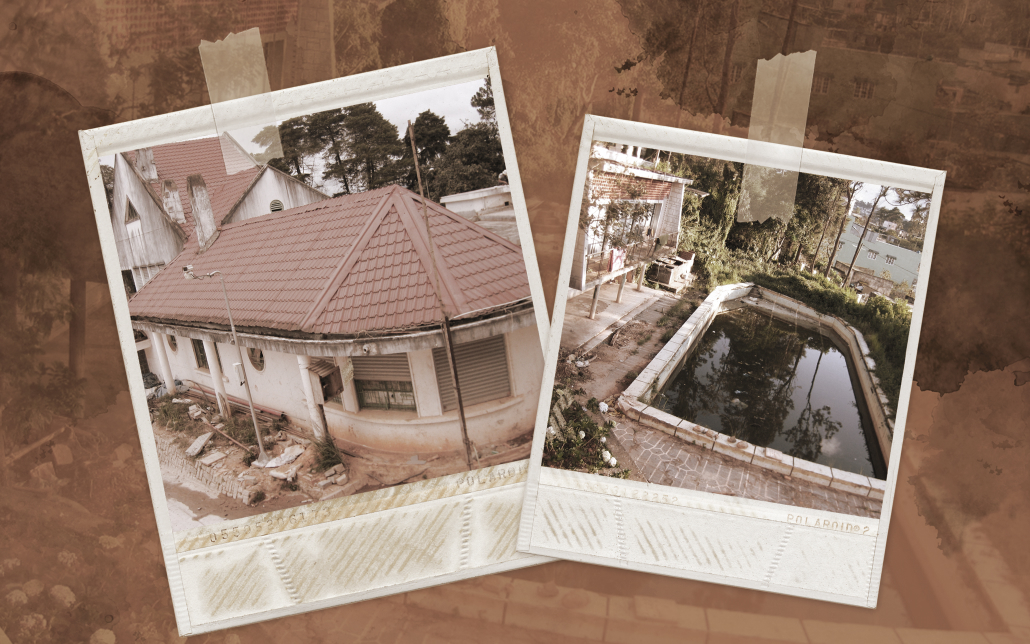
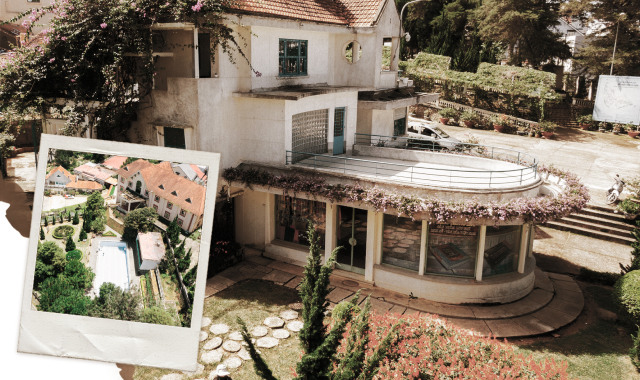
In, 2016, the National Archives Center No. 4 conducted renovation of the Palace to return its beauty.
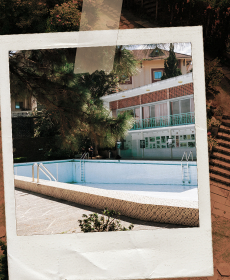
Heated swimming pool
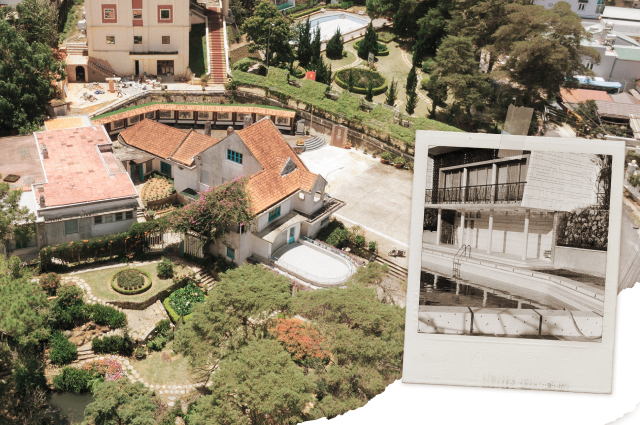
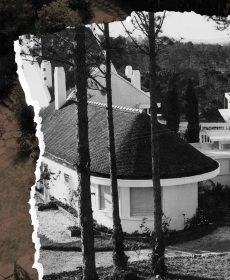
A corner of
Lam Ngoc (Sapphire) villa
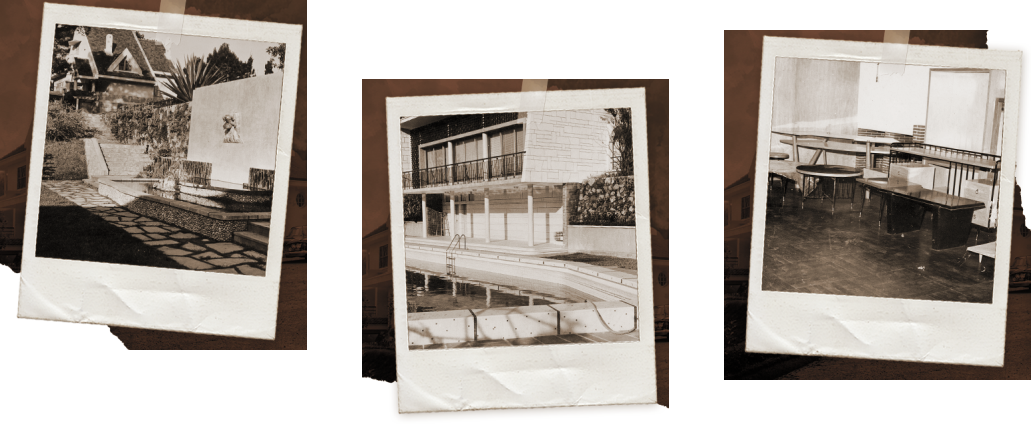
Located on a romantic pine hill, a significant position of Da Lat, Tran Le Xuan Palace was built almost a half of century ago. This was the destination for relaxation and entertainment of Mr. Chief Advisor Ngo Dinh Nhu and his wife, the First Lady Tran Le Xuan.
Tran Le Xuan family started to build the private mansion complex in 1958 after completing the purchase of 13,000 square meter property.
However, after the coup in 1963, brothers Diem and Nhu were assassinated, Tran Le Xuan and her children went into exile, the private mansion was confiscated and handed over to Da Lat City Hall for management. Many valuable assets in the property were stolen and taken away at that time.
In 1969, the property was transferred to the Ministry of Ethnic Development as the Museum of Central Highlands Ethnology.
In 1975, after the fall of the Republic of Vietnam’s Government, many precious artifacts and exhibits were stolen, the buildings were damaged. Tran Le Xuan Palace became ruined and sunk into oblivion.
After many ups and downs, in 2006, the complex was restored to become headquarter of the National Archives Center No. 4, a subordinate of the State Records and Archives Department of Vietnam. It’s said that the transformation from Tran Le Xuan Palace to an archival institution is a kind of predestination.
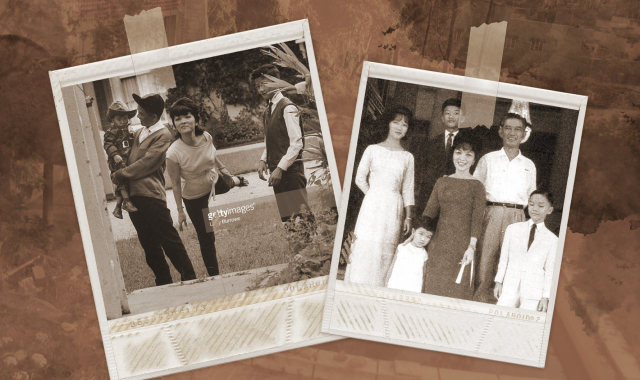
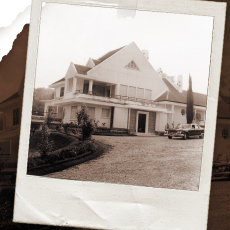

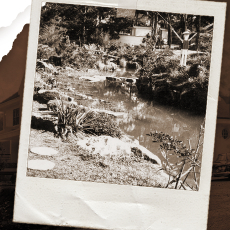
Tran Le Xuan Palace which was once named as “The best of the South” is a complex of charming buildings in glorious names: Lam Ngọc (Sapphire), Hồng Ngọc (Ruby) and Bạch Ngọc (White Jade)
1. Lam Ngọc villa
Lam Ngoc villa consists of two buildings. This was the owner’s main area designed in French architectural style with living room, meeting room, ballroom and bedroom, all equipped with heaters.
The villa was decorated in a sophisticated style, fully equipped with modern and expensive facilities imported from Europe and the United States.
There is a shelter in Madame Nhu’s bedroom and an escape tunnel to Cam Ly Military Airport in the villa.
2. Japanese style garden
The garden is located behind Lam Ngoc villa. It was designed and built by Japanese architect Hiroshi Katagawa. Beside Japanese style, the garden is highlighted by a stream and a special pond displaying the map of Vietnam. There is a line of rocks in the middle of the pond which represents the 17th parallel and a bridge at one end of the pond, over the area of Ca Mau province on the map.

3. Hong Ngoc villa is a typical French architecture with heaters, two-layer windows and thick wall to prevent heat.
The villa was built by Tran Le Xuan for his father Tran Van Chuong, who was the Ambassador of the Republic of Vietnam in the United States at that time. However, Mr. Tran Van Chuong didn’t have chance to stay a single day in the villa before the coup against Ngo Dinh Diem’s regime on November 1, 1963.
4. Bach Ngoc villa with bar, big heater in the shape of Central Highlands’ Nha Rong was the place for Tran Le Xuan family to relax and receive foreign guests and high-ranking officials of the Republic of Vietnam.
5. Heated swimming pool
The 300m3 heated swimming pool was designed and built by an oversea architect who was selected by Tran Le Xuan herself. A system of heater was installed to warm up water so that people could swim in the cold weather of Da Lat. With blue brick background hidden among clouds and sky, the swimming pool has become an interesting check-in point for young people coming to Dalat today.
Copyright © 2020 TTLTQG4 All Rights Reserved Powered by Thanh Nien Corp.